South Florida, especially the Miami area, is experiencing a “boom” of new residents arriving from many parts of the country. This has had a major impact on the local drug market. The DEA warns that the cartels are fighting for new places to respond to this demand during the opiate epidemic that is sweeping the state.
The U.S. Drug Enforcement Administration’s (DEA) headquarters for the Miami Division goes unnoticed among the dozens of buildings that surround it in the city of Weston, in Broward County. The massive tower complex looks more like a school campus than a stronghold of the nation’s largest counter-narcotics agency.
These days DEA agents in Miami are working to reverse the nation’s deadliest opioid epidemic that has spiraled out of control, killing more than 100,000 Americans in the last decade.
With Florida now a “ground zero” for drug use and sales in the United States, pharmaceutical companies flooded the local market with hundreds of millions of opioids a decade ago. Now it is the Mexican cartels who are working to satisfy the demand of addicts as the price of fentanyl and methamphetamine becomes cheaper.
“What we are noticing is that Mexican drug traffickers are focusing on methamphetamine and fentanyl, even though Florida, in general, has been a market for cocaine,” said Assistant Special Agent in Charge Daniel Escobar of the DEA’s Miami Field Division in an interview with the Itemp Project.
For Escobar, a veteran agent with more than 20 years in the fight against drug trafficking, what is happening in the country and in Florida is the result of many factors, some of a global nature. However, in the case of Miami as the state’s “dominant city,” the DEA’s warnings are disturbing.
“I’ve been in Miami since 1970. I saw during the 80’s an influx of new buildings being built, however most of the apartment were empty. This is almost cyclical. It’s happening again. We see the buildings; we know what’s going on and we’re targeting that.”
This text is derived from a lengthy interview with Agent Escobar at DEA Miami Division headquarters. It has been edited and condensed for clarity.
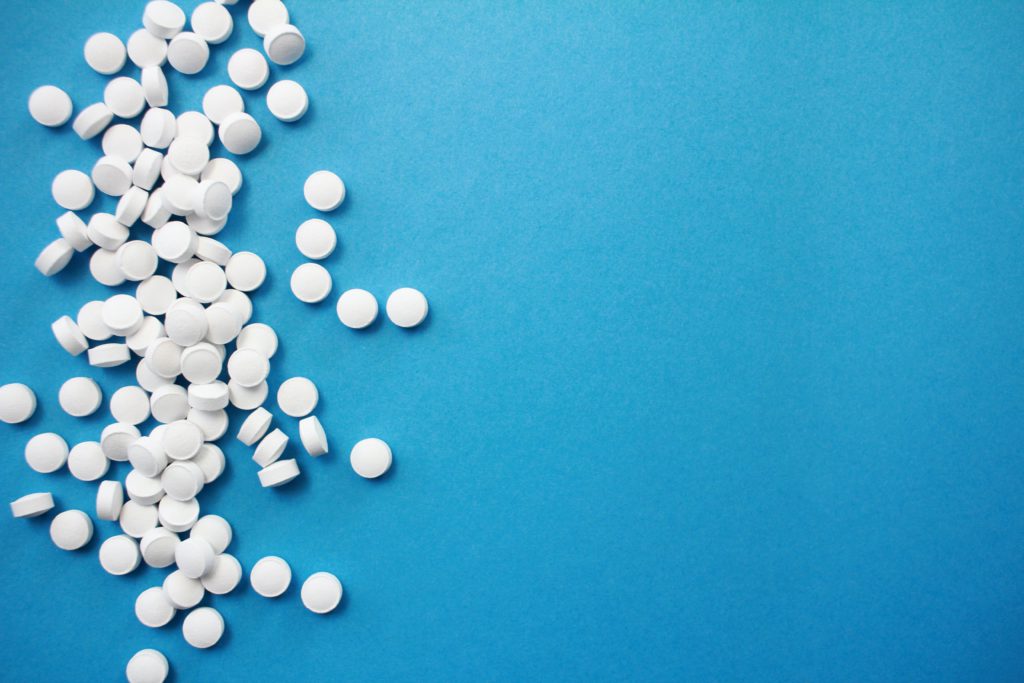
-After the worst global health crisis over Covid-19 we have historic amounts of counterfeit fentanyl pills on the streets of Miami and across the country, did you expect this huge spike?
-When the pandemic started, we knew that drug trafficking organizations were going to start changing their methodology. So, we had to adapt to that, but we have seen a big increase in Mexican cartels pushing fentanyl sales, focusing strictly on fentanyl pills and methamphetamine. We didn’t expect to see that.
-The DEA revealed that opioid overdose deaths increased more than 30% between 2019 and 2020, where does Florida rank relative to other states in the nation?
-According to Centers for Disease Control and Prevention (CDC) statistics in 2019, Florida is among the states with the highest rates. For example, between 2018 to 2019 overdose testing increased by nearly 35%. So, while we don’t yet have new official CDC statistics, we expect an increase for 2020.
– Is there a particular difference in the way the local drug market moves in Miami or Florida in general, with other states in the country?
-What we are noticing is that Mexican drug traffickers are focusing on methamphetamine and fentanyl, even though Florida, in general, has been a market for cocaine. Even as we speak today, the biggest drug we see coming into South Florida is cocaine. So, it’s changed the market, it’s changed the way things happen in this state, but across the country, we’ve seen an increase in fentanyl and methamphetamine. Just to give you an example of that: in 2009 buying a pound of methamphetamine in Florida costed about $30,000 on the street.
-That’s a lot of money…
-Yes, but currently in 2021, buying a pound of methamphetamine costs $3,200. So, it’s an easy supply and demand trade. Demand goes up, supply goes up, prices go down. So is the prevalence of methamphetamine in South Florida.
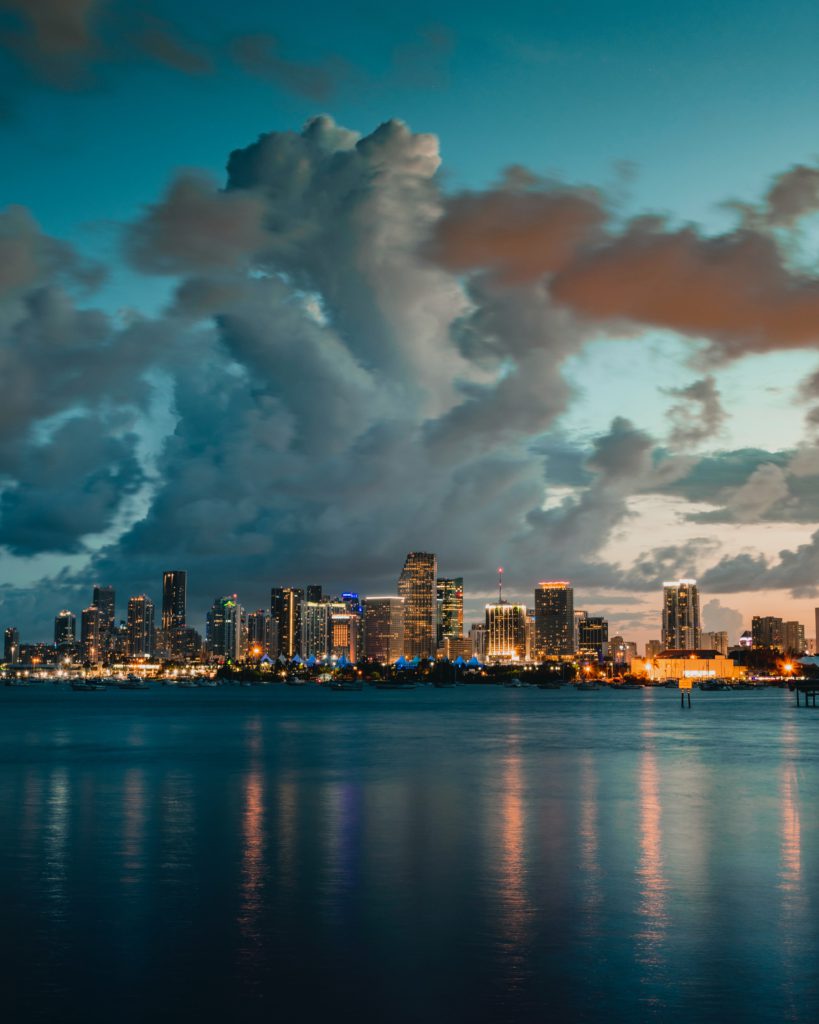
-The city of Miami has experienced a boom in new residents from other states in recent months, especially after the pandemic. Have these migration patterns affected the demand for drugs in Florida?
-The market has changed. It changes like the demographics. When we see an influx of people from the northeast of the country to the south, in this case to Florida. Heroin used to be very important in New York and other northeastern states. So, when you’re coming into South Florida or any other side of the state, you bring that market, and the Mexican cartels are looking to adapt.
As people come from other states or other parts of the world, they bring their products. The Mexican (cartels), who were receiving and moving most of the material across the border, started bringing fentanyl, methamphetamine, and other substances, to South Florida. To Orlando, for example, because they had a large influx of people coming from the northeast of the country.
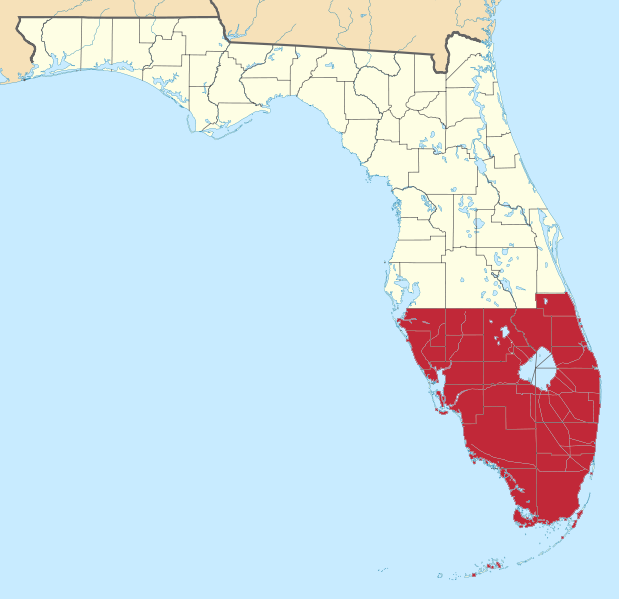
– What is so attractive about the city of Orlando for cartels?
-Orlando is the capital of the heroin problem in the Florida region, but it’s not just Mexican cartels that are getting into the heroin business there. Different cartels are focusing on methamphetamine and fentanyl. Obviously, I think it’s because of price and availability.
So, you have the Cuban cartels, the Dominican cartels, the Puerto Rican cartels: the South American cartels as a whole behind this business. The Mexicans produce most of it, but they are all entering or trying to enter new markets. They are leaving the Northeast to come here. They are entering the U.S. Midwest to the Southeast. We’re seeing an influx of huge amounts of methamphetamine, fentanyl, of counterfeit pills. All of that is happening because of the migration, because of all that movement.
-In addition to the Latin American cartels in South Florida, are there Asian cartels operating in this area, cartels from China?
-Each region in which the DEA operates, agents deal with different cartels. In South Florida, it’s mostly South Americans, Caribbean, Mexicans, but we have Asian cartels. In New York, they deal with a lot more Asians than we do, as well as in Los Angeles and San Francisco. They see a lot more of the money laundering from these organizations because they are bringing their opiates into these regions. We see them here, just not on a large scale.
These networks have distributors in different parts of the country, they are expanding. The Asians started in California, now they have people in New York. What they’re doing is moving up and down the East Coast. So you’ll see a big pocket in Washington DC, then another one in Atlanta and we’re looking at one here in South Florida. The Asians are, we just don’t have the prevalence like in California or the New York area, but they’re doing it and they’re big moves.
-You mentioned that people are adapting to using fentanyl and this is impacting consumption. Is most of this drug coming from overseas or is there already capacity in Florida to produce it?
-Most of the fentanyl we mentioned comes from the border. It comes mostly through Mexico. Our investigations take us to different parts of the supply chain. We’ve had some labs in South Florida, but it’s mostly for encapsulation or the pill press where they might make 10, 20, 30 pills. That’s all they can produce. What the Mexican cartels are doing is getting synthetic material from China, bringing it to Mexico, and producing large quantities of this drug.
Can you share some recent seizure figures for Florida?
-Some of the recent seizures I can talk about are 1,200 pounds of methamphetamine in South Florida last April. It was the largest seizure of this drug in the history of Miami-Dade County.
– What is the largest port of entry for drugs in Florida?
-Our largest port in South Florida is Miami, followed by the Port Everglades in Broward County. However, Customs and Border Protection (CBP) has seen an increase in illegal activity at all ports but based on the numbers, Miami has seen a big increase. Everywhere you look, large, medium, or small ports, on the west coast of the country you will see an increase, but it’s all about numbers.
– What is the biggest problem you face as an anti-drug agency now?
-With respect to fentanyl, the biggest challenges are simply the quantities. We are seeing large volumes coming in, which means there is a lot of production by the cartels. They are getting large quantities of precursors and making the drugs in Mexico to bring them into the United States, and they are getting a lot from China. When we see these drugs coming into the country it’s because they are overtaking us and that’s kind of the hard part, keeping up. The cartels have unlimited money, they don’t play by our rules.
They can do whatever they want, so it’s harder for us when you have China allowing them to sell fentanyl. There’s a big difference between pharmaceutical-grade fentanyl and illegal fentanyl.
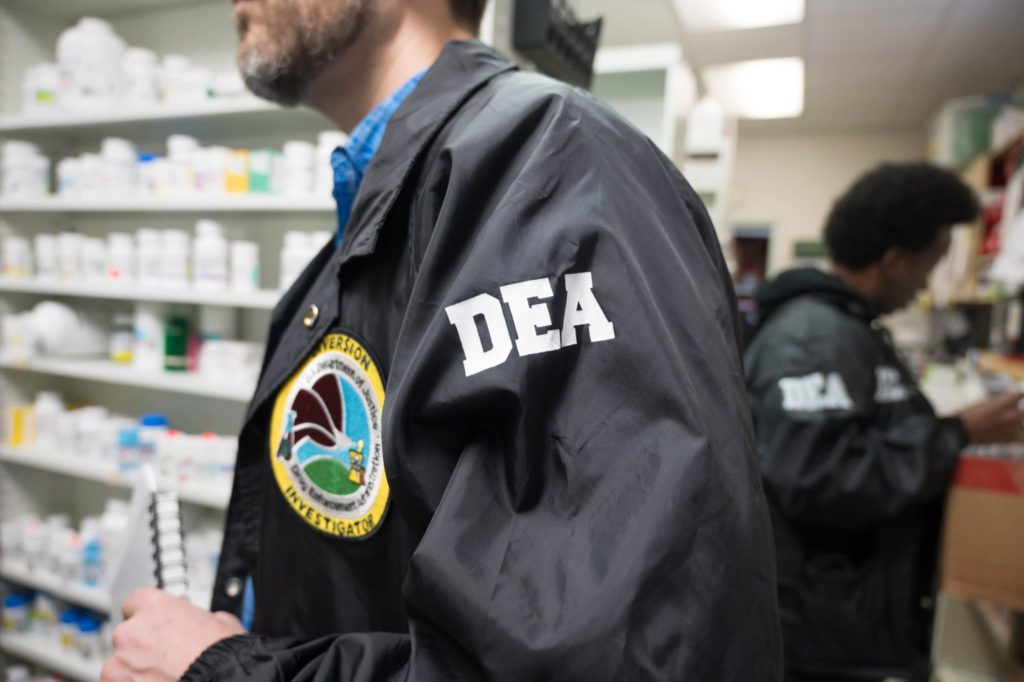
-They are two fronts of struggle at the same time…
-We have detours in two directions. On the one hand, the Food and Drug Administration (FDA) diversion that deals with pharmaceutical-grade fentanyl, which is highly regulated, and we don’t see a lot of it on the streets. What we’re seeing is the stuff coming out of China – to make drugs – and there’s a bit of a distinction there.
-We would like to understand a little bit about the distribution rings, how the business works from the time the drugs arrive in Miami and they are marketed. As we see new residents in the city, there seem to be new ways of distributing the merchandise. How does the DEA respond to this reality and how do citizens act?
-The DEA has become aware of new ways to sell drugs. We get a lot of intelligence from our local and state counterparts with whom we have a good relationship. If something is happening in a specific area and they can’t respond because they don’t have the manpower, we act. Unfortunately, sometimes we must pick our battles because we have limited resources. But when we attack, we use all the resources at our disposal.
The world of money laundering is very small, and, as in drug trafficking, there are not many people who can do it. We focus on those people, their networks. Then we basically hit him with money laundering and drug trafficking charges. This has been a success for the DEA, but unfortunately, it's a long process with significant results.
-For Miami, money laundering has been a historical problem for years.
I've been in Miami since 1970. I saw during the 80’s an influx of new buildings being built, however most of the apartment were empty. This is almost cyclical. It's happening again. We see the buildings; we know what's going on and we're targeting that. "
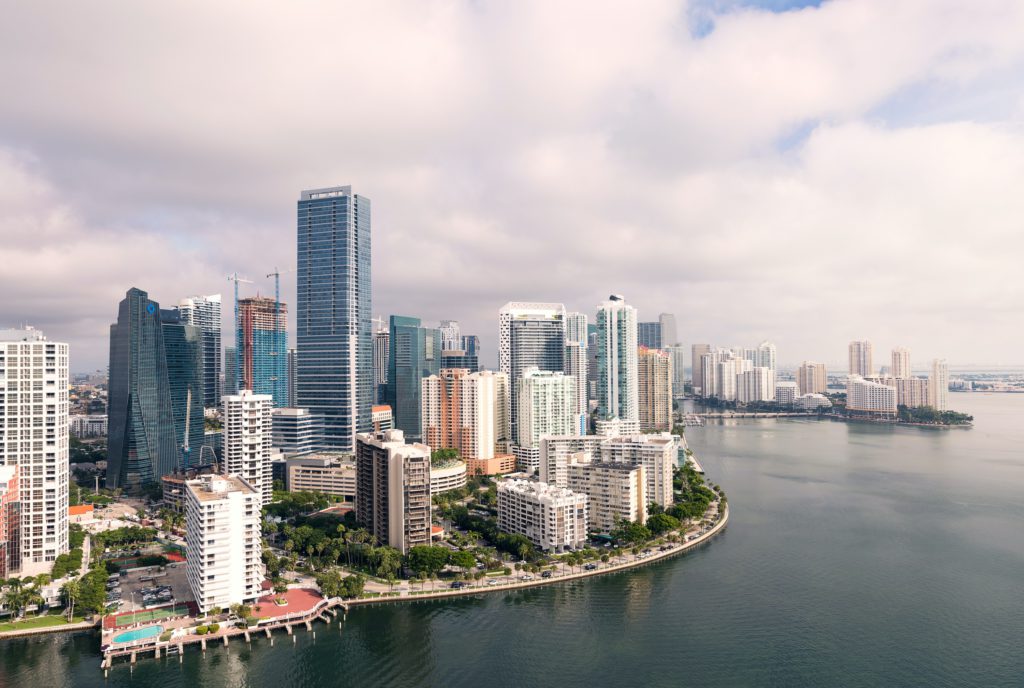
-You referred to the 1970s and 1980s as boom times for drugs in Miami. Is the city going through the same situation today, could this be considered a new crisis?
-I would say that the influx (of drugs) is more of an epidemic, not necessarily a crisis. The DEA is much improved, much better trained than it was back then. With all our experience we've been able to see what's going on, be ahead of the curve, especially in South Florida.
Whether it's through different campaigns or going out and doing strike forces or task forces. Once we started to see that there is sort of a national epidemic going on with the rise of methamphetamine and fentanyl, the DEA went out attacking the drug traffickers in order to stop them before it became a crisis. Ultimately, we're going to reduce this, get the numbers back to normal.

